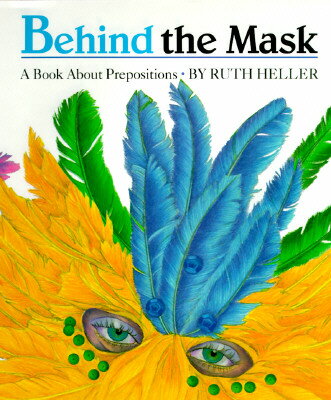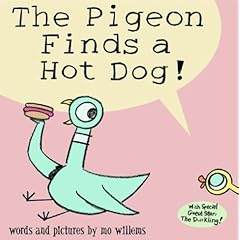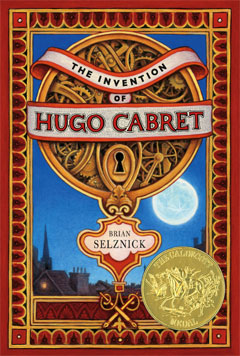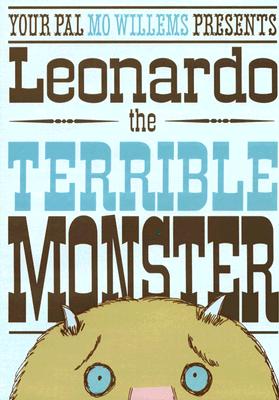
Author/Illustrator: Wiesner, David
Publisher and Date: Houghton Mifflin Company 1991
Genre: Wordless Picture Book, Fantasy
Age Level: K-3
Awards: The Caldecott Medal
Summary: Tuesday is a story of a large number of frogs who are set free one Tuesday evening, soaring around town on their lily pads. They leave their home at the swamp, and fly through a nearby neighborhood. The frogs stir up a lot of commotion and leave the town scratching their heads. In the morning they return safely to their home at the swamp. The next Tuesday, some pigs have their chance to fly.
Response: I LOVED this book! I was a little skeptical of wordless picture books, but I gave this one a chance since it had won a Caldecott Medal. I enjoy the fact that the narration, which is left up to the reader, is simply guided by the illustrations. This leaves all the creativity in the story up to the reader. There are so many different things younger children could come up with, from reasons why the frogs are flying where they are to what they are even thinking. I would like to be able to challenge my students to think creatively by 'reading' through this story.
My favorite page in the book is where the man is sitting in his kitchen having a sandwich and a glass of milk. The expression on his face just makes me laugh. What adds to it is one of the frogs flying by his window, which appears to be smiling and waving at him like nothing is out of the ordinary.
On Wiesner's website it shows how he created Tuesday. I wouldn't think that a picture book would being with a story board sketch, but that is exactly what he did with it. It looked like a small comic strip at first and then he put it into its chronological order. After he had the story line he created a rough sketch in pencil of each page. In order to get an idea of the correct lighting, he used clay models and photographs of frogs, homes and other key elements to the drawings. The finished drawing was done on tracing paper, transferred to watercolor paper, then painted with all watercolor.
All of the illustrations in this book were created using watercolor and watercolor alone. Wiesner did not use any ink lines or any other type of opaque paint. I really admire that. I was never an artist, but I had a few art classes in high school and we used watercolor for one of our projects. It is not easy to work with and you can't really hide your mistakes. Once the color is down, it is there. In the project I did it turned out perfectly except for a little smudge in the white space. I had to create a dove holding an olive branch in its mouth to cover it up and had to use an ink pen to do it. I'm sure the more skilled you are the easier it is to execute a painting with only watercolor. Wiesner did a wonderful job with it.
Teaching Ideas: This book would be great to use as a creative writing activity. Students could write down what they think is going on and write down the thoughts of the characters illustrated throughout the book. They could also be encouraged to write or draw out what they think will happen when the pigs fly around the next Tuesday night. Have them show where the pigs go, what they do, and who they might encounter. Another way to get the students more involved is to have them draw out their own story, following the guidelines of a wordless picture book, like Tuesday.










